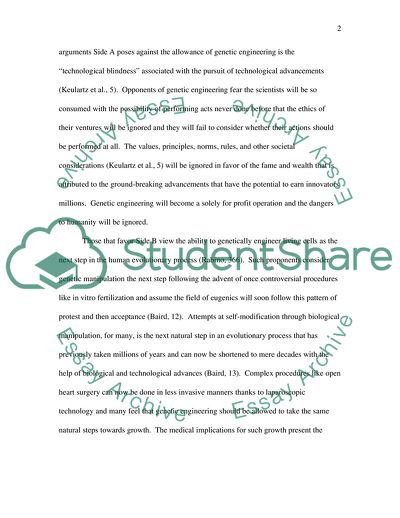Cite this document
(Should Genetic Engineering Be Controlled by the Law Essay, n.d.)
Should Genetic Engineering Be Controlled by the Law Essay. https://studentshare.org/ethics/1754910-genetic-engineeringshould-genetic-engineering-be-controlled-by-the-law
Should Genetic Engineering Be Controlled by the Law Essay. https://studentshare.org/ethics/1754910-genetic-engineeringshould-genetic-engineering-be-controlled-by-the-law
(Should Genetic Engineering Be Controlled by the Law Essay)
Should Genetic Engineering Be Controlled by the Law Essay. https://studentshare.org/ethics/1754910-genetic-engineeringshould-genetic-engineering-be-controlled-by-the-law.
Should Genetic Engineering Be Controlled by the Law Essay. https://studentshare.org/ethics/1754910-genetic-engineeringshould-genetic-engineering-be-controlled-by-the-law.
“Should Genetic Engineering Be Controlled by the Law Essay”. https://studentshare.org/ethics/1754910-genetic-engineeringshould-genetic-engineering-be-controlled-by-the-law.


